Share this article
Living in Nepal, a multi-cultural and multi-religious place, means we get to celebrate the “new year” on multiple occasions! We celebrated the Gregorian calendar New Year just over a month ago and now, the Tibetan New Year, which is particularly fascinating.
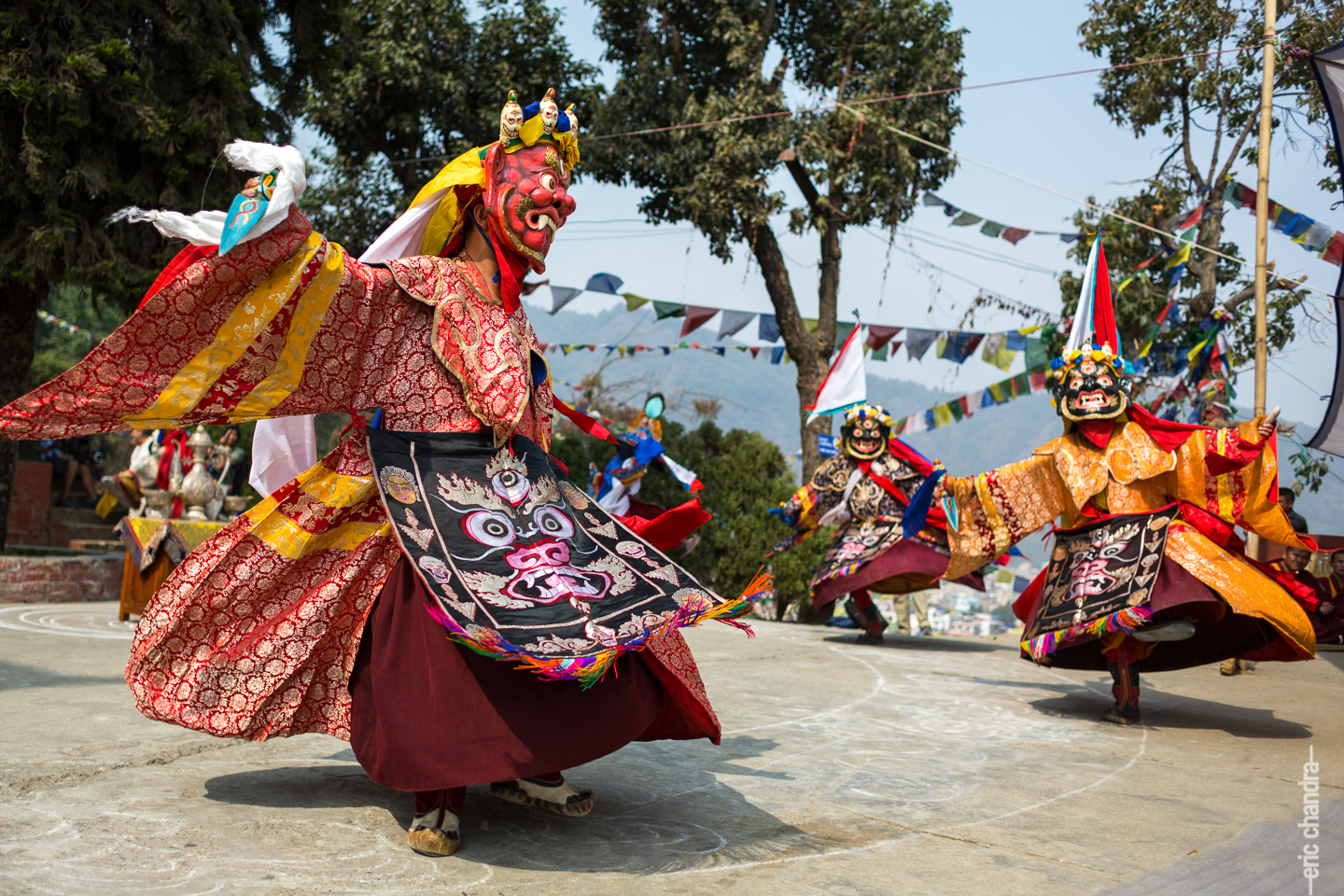
Monks dancing customary dance in traditional costume during a purification ceremony performed two days before the Tibetan new year, Lhosar
photo credits Eric C. Shrestha
The Tibetan New Year, Losar in Tibetan, is calculated according to the lunar calendar, which falls just after the new moon. This important festival to Tibetan culture will be celebrated this year on 16th February. Tibetans do not celebrate their day of birth; instead, they turn one year older on the Tibetan Losar. They calculate their age in an interesting manner: when born they are already one year old, then the day of Losar, they turn one year older. Therefore, if a child would be born on this Tibetan New Year’s day, he will already be two years old!
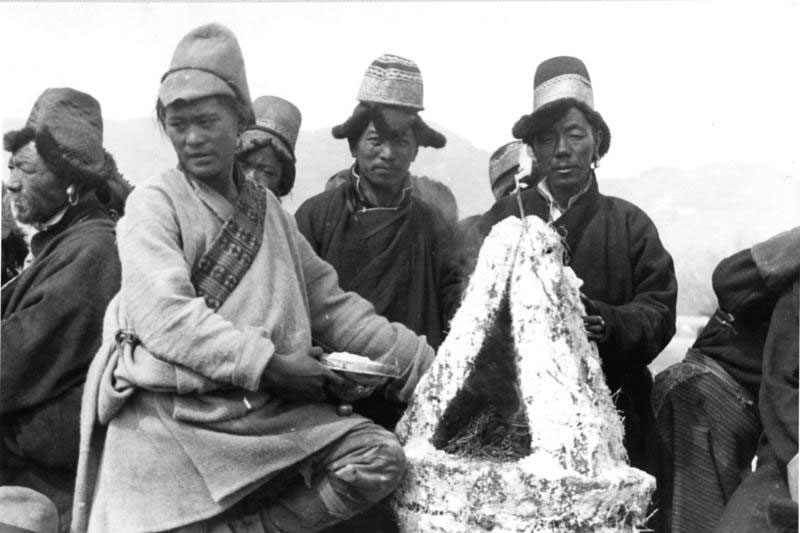
Lhosar in Lhasa, 1938

Potala Palace, Lhasa, circa 1930
Tibetan Buddhism is often heard of, yet its ancient religion, Bön, is less known. The Bön tradition is an ancient tradition dating over 18,000 years back according to its spiritual teachers. Bön and Tibetan Buddhism share many rituals, beliefs and culture and celebrate the New Year Losar on the same day.
Bön scriptures believed to date from mid 1300s, were discovered in 2008 by a group of researchers in northern Nepal, Mustang; a place which is predominantly Tibetan culture and spirituality. These writings show that the Bön religion was already in existence in Nepal long ago. These ancient Bön texts were handwritten on Daphne paper, made with ancient techniques, by sticking several layers of Daphne paper sheets together. In an earlier post, The Paper Pilgrimage', Tibetan Lama and most senior teacher of the Tibetan Bön tradition, recounts his memories on the importance that paper had in Tibet back then.
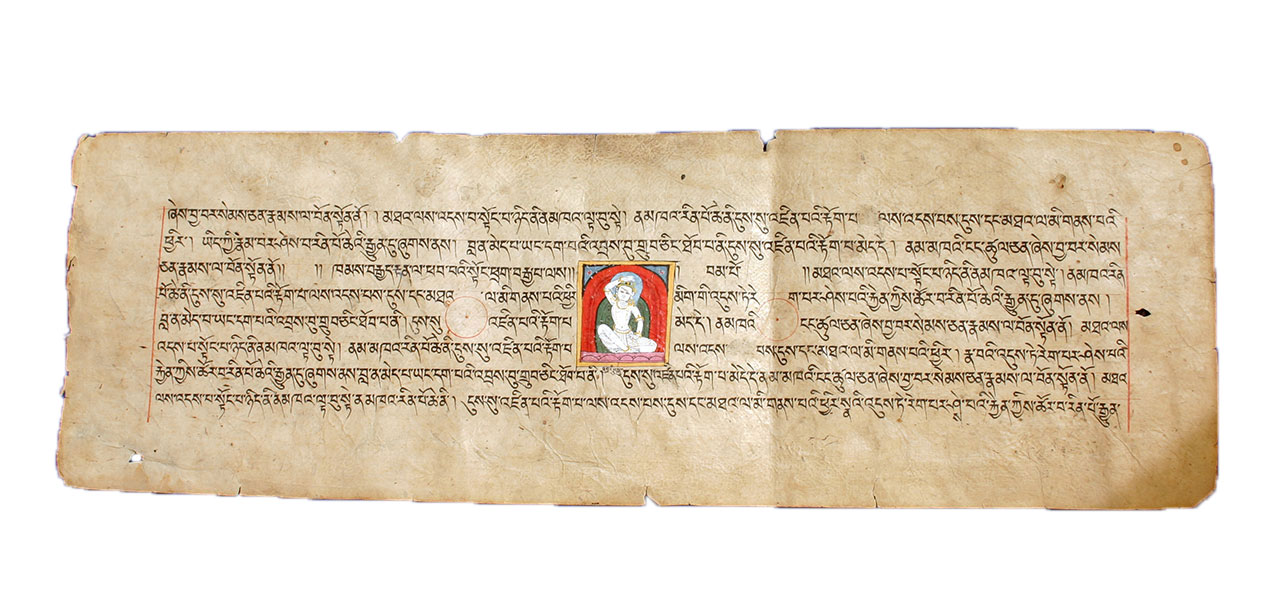
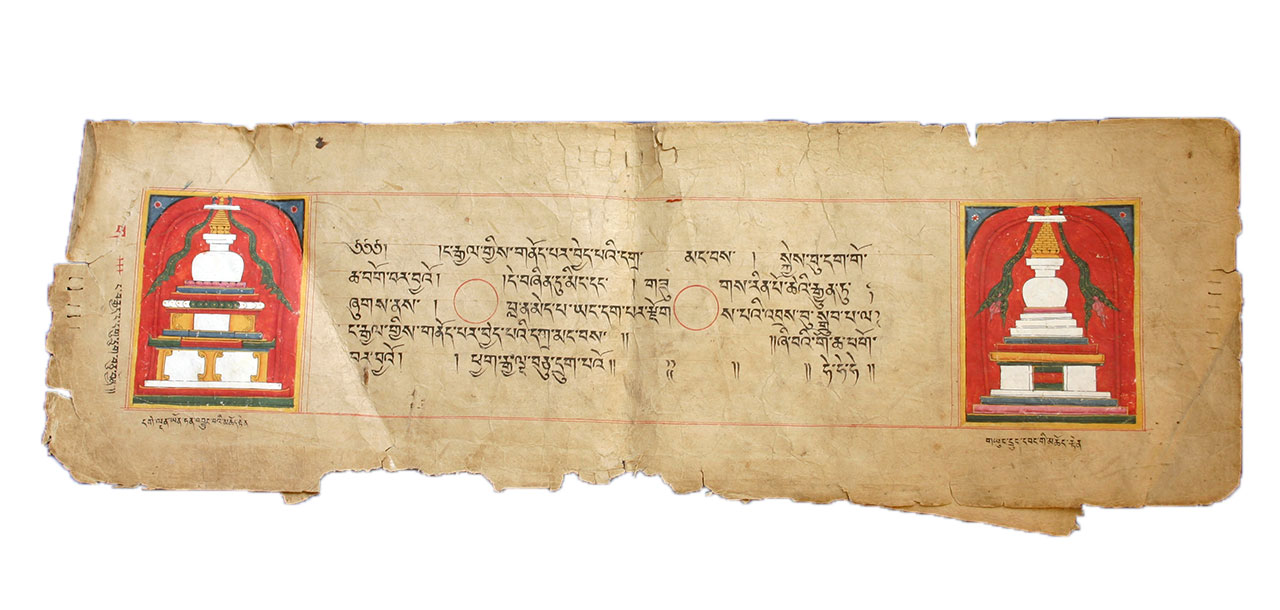
Ancient Tibetan Bon scriptures handwritten on hand made Nepali Daphne paper, rediscovered in Marzong, Mustang, Nepal.
When religious texts were not handwritten, they were block printed with carved wood block. This ancient tradition remains active today in Derge, Tibet.
It was very interesting news when the texts were found. Bön culture became a little more known. To add that the scripts were written on the famous Daphne paper acknowledges its durability and strength to last centuries! In my recent post, I spoke of the hidden Nil Patra Golden Temple in Patan's famous which was handwritten on Daphne paper in the 12th century and is still in good condition.
After Tibet lost its sovereignty in 1959, many Tibetans emigrated to India and Nepal where they settled and rebuilt their monasteries, as seen dotted around Kathmandu valley and other parts in Nepal. The Tibetan culture slowly integrated in Nepal’s culture and is no longer a religion and practice of the north alone.
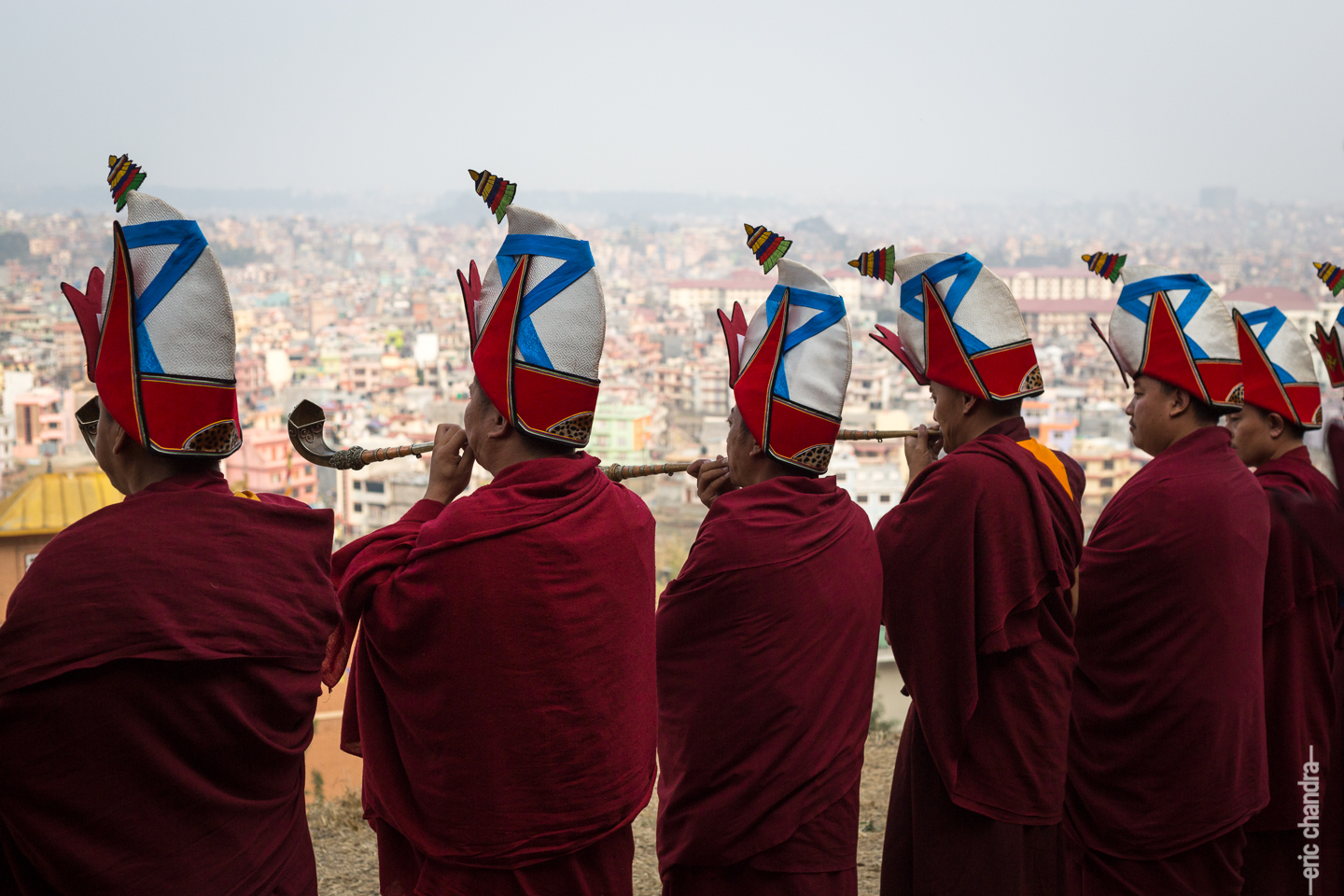
Bonpo monks playing Songkong - a traditional Tibetan instrument - overlooking Kathmandu valley.
photo credits Eric C. Shrestha
All the Tibetan Buddhists and Bönpos share the Tibetan New Year celebration.
Losar festivities include the enjoyment of a lot of food, specifically the sweet delicacies called Kabse served in every Tibetan household. Before the celebrations begin, a vital purification ceremony called “Gutor” is performed in all the Tibetan Buddhist and Bon monasteries. The ceremony symbolises the removal of any obstacles for the year to come with many rituals and dances performed by monks.
At the end of the ceremony, everyone takes roasted barley flour, tsampa, into their hands and throws it into the air as an offering and act of fun! This practice is said to increase the prosperity, health and happiness of beings.

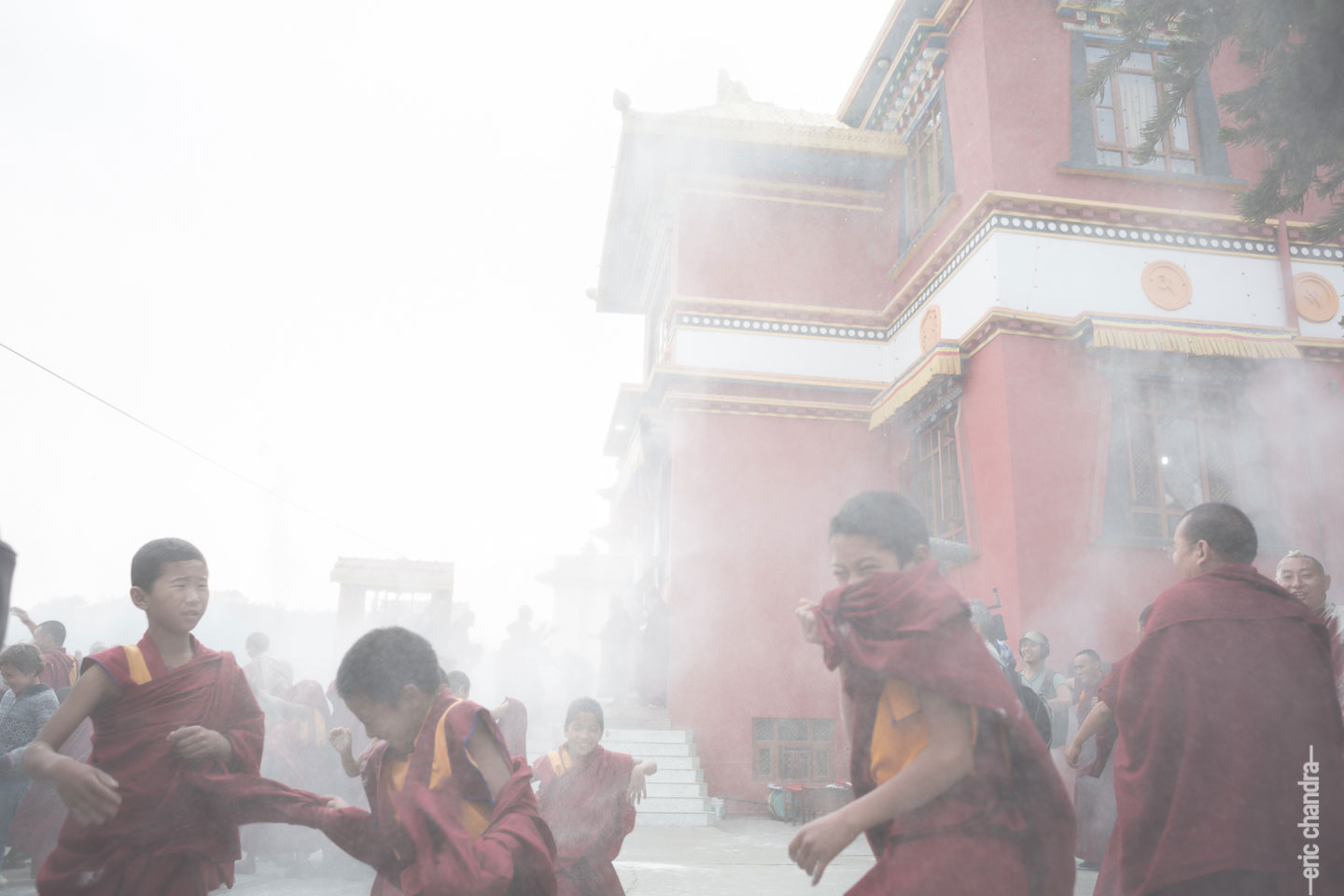
Monks throwing Tsampa - barely flour - into the air on Lhosar
photo credits Eric C. Shrestha
About Marina Vaptzarova
From Himalayan traditions to the trends of Paris Marina Vaptzarova designs celebrate a meeting of the old and the new. Marina Vaptzarova’s exquisite collections are the expression of dedicated quality and exceptional craftsmanship. The brand actively works towards maintaining a sustainable trade on an environmental, economical and social level. Marina Vaptzarova has recently been awarded the Butterfly Mark by Positive Luxury.
Share this article

